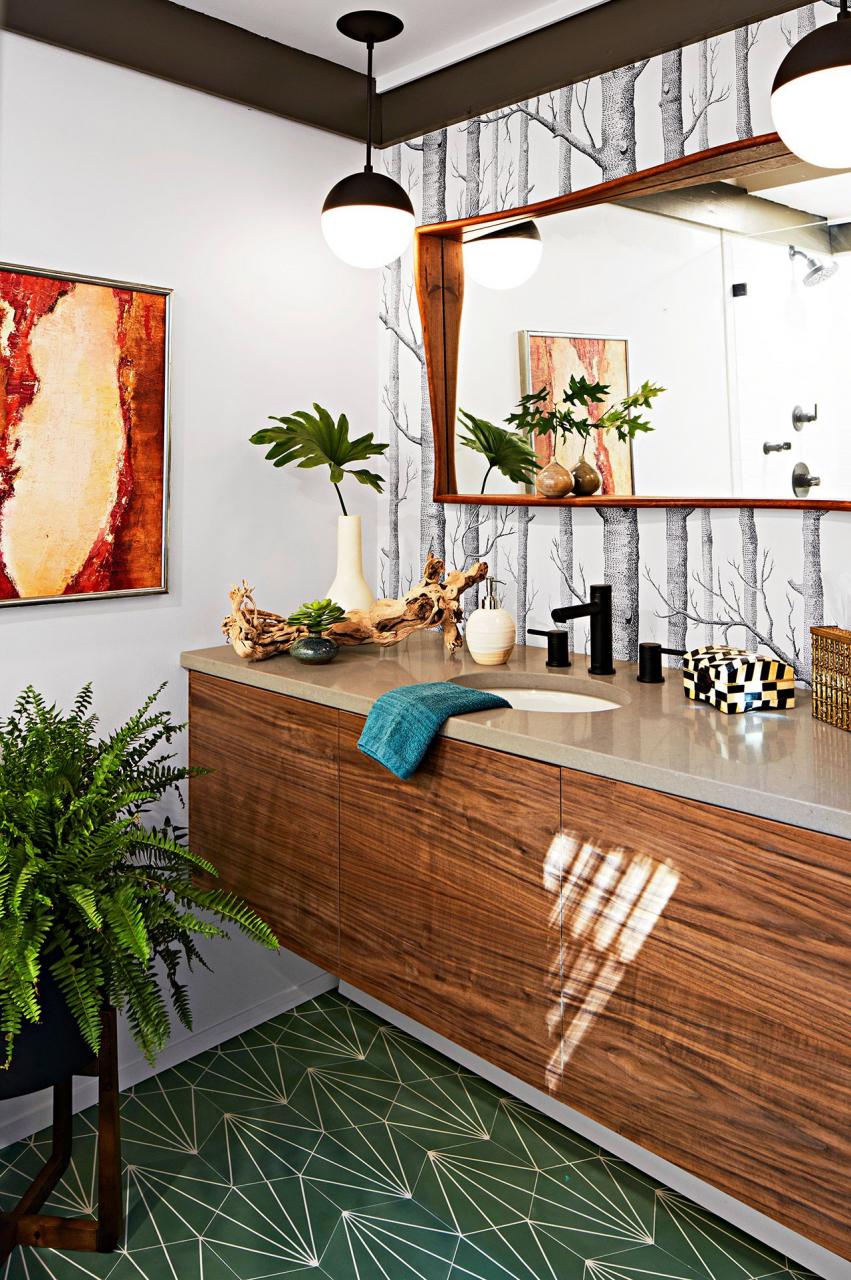As interior design patterns move away from basic, no-frills spaces to more standard designs and ornamental interiors, classical appearances are re-emerging. “After a surge of minimalism, standard spaces are like a breath of fresh air,” says Jake T. Galang, the designer behind Ilustracion by Jake, Corp. Neoclassical is among the aesthetic appeals gaining additional attention. “Neoclassical design is ageless,” states Galang. “It works actually with today’s transitional style. It is fine-tuned however still feels elegant.”
What Is Neoclassical Interior Design?
” Historically, the neoclassical period was marked by drawing back some of the excess of Rococo,” says Kathy Kuo, interior designer and creator of Kathy Kuo Home. Rococo come from France in the early 18th century. The unbalanced style was brilliant, light, and elaborately ornamental, especially with s- and c-shaped curves, detailed scrollwork, and gilding.
Jerad Gardemal
[Neoclassical style] is rooted in history, precision, and scale. The focus is on quality, tidy lines, and a controlled color palette.
— Jerad Gardemal
Neoclassical interiors mix simple geometry, like strong lines in columns and arches, with more elaborate detailing, through millwork and other decorative aspects. It is about symmetry, balance, and disciplined style.”
The outcome is a look we acknowledge as both standard and formal. Neoclassical interiors feel grand in look and scale but are sophisticated rather than extravagant. According to Gardemal, the design is an excellent fit for anyone who values stunning and refined interiors with a strong history, more minimalist techniques to interior decor, and those aiming to “make an impact without the fussiness” of some other style styles.

How to Get the Look
” Neoclassic is an easy version of grand,” states Galang. “Don’t exaggerate it!” The designer alerts that excess can trigger an area to look inexpensive. “It is not about attempting to create duration areas, it is about trying to present serenely well balanced components into your interiors,” states Gardemal.
When it comes to embracing Neoclassical style elements, err on the side of simplicity– instead of the lavish abundance of Rococo roots– to help you achieve the appearance. ” Neoclassical interior decoration is all about simple and easy elegance and advanced details,” states Kuo.
Soft Colors
Neoclassical colors are normally natural and light, particularly utilizing neutrals. “Think cream, taupe, moss green, and stone blue,” says Kuo. These lighter colors not only decrease contrast, they help an area feel bigger and add to that sense of scale.
To accent soft neutrals, Galang advises gold, gray, green, red, or black, as well as using natural stone and stone-look patterns. “Calacatta Gold, Bianco Carrara, or Noir St. de Laurent [marbles] or any other stone that shows the Greco-Roman duration,” says Galang..
Millwork.
Millwork is a significant element of Neoclassical interiors. In addition to baseboards and crown molding, Galang says this raised design welcomes raised and recessed paneling, and doorways outfitted with molding. Photo frame molding (likewise called box trim) is specifically popular for the design, either in easy lines or with more remarkable flourishes..
Bare, otherwise unadorned walls are welcome when millwork and other accents are utilized. The simplicity balances the otherwise ornate details, even when the wall color and trim color are the same..
Millwork Is Having a Moment in 2023.

Fine Furniture.
” Neoclassical style is kind of the opposite of stylish. It works together with quality workmanship and a subtlety that is easy to mix and match different decoration pieces with,” says Kuo. “Add neoclassical charm with pieces like accent chairs that have a sleek shape, luxe upholstery, and a walnut (or comparable dark wood) frame.”.
A low velvet couch on caster legs is one example while a high-backed upholstered chair with a subtle pattern and wood accents is another alternative. Lots of antique pieces are at home in Neoclassical spaces. Just do not forget that, though a big scale is encouraged in Neoclassical areas, the furniture must be appropriately sized to fit the space; large-scale pieces offset the balance..
Decorative Accents.
Attention to information pays off in upscale conventional styles like Neoclassical, and there are numerous opportunities to include decorative elements..
Galang suggests classical Roman and Greek motifs like anthemion, fleur-de-lis, Greek key, and beading, as well as damask and geometric prints. According to Galang, these shapes and patterns can be incorporated through anything from architectural hardware, like cabinet hinges, door knobs, materials, and wallpaper..
Mirrors, window treatments, antique chandeliers, and other ornamental features are also motivated in Neoclassical design. Galang says urns and art prints that include porticoes are examples of period-appropriate decoration that can be incorporated into today’s interior designs.



